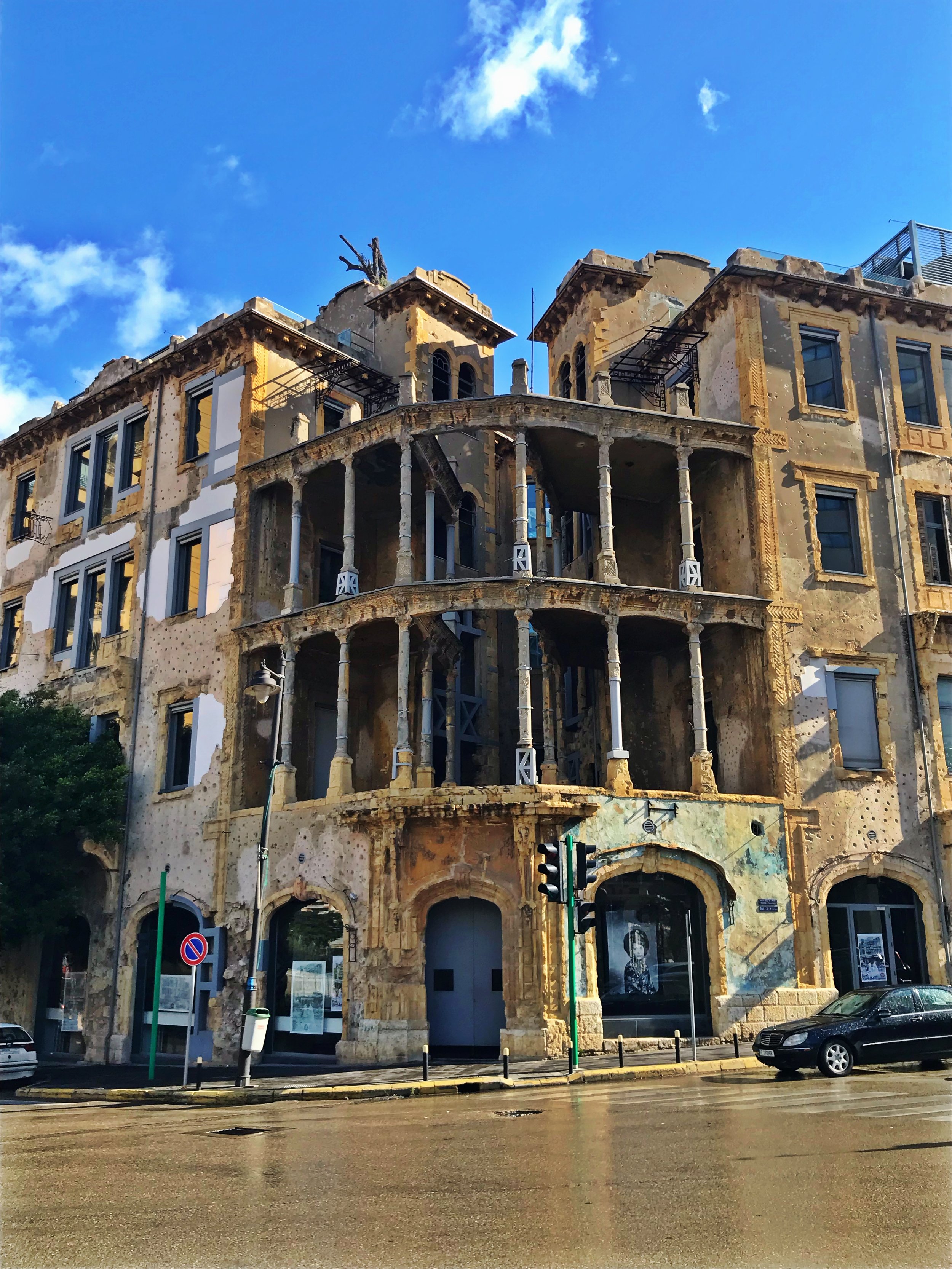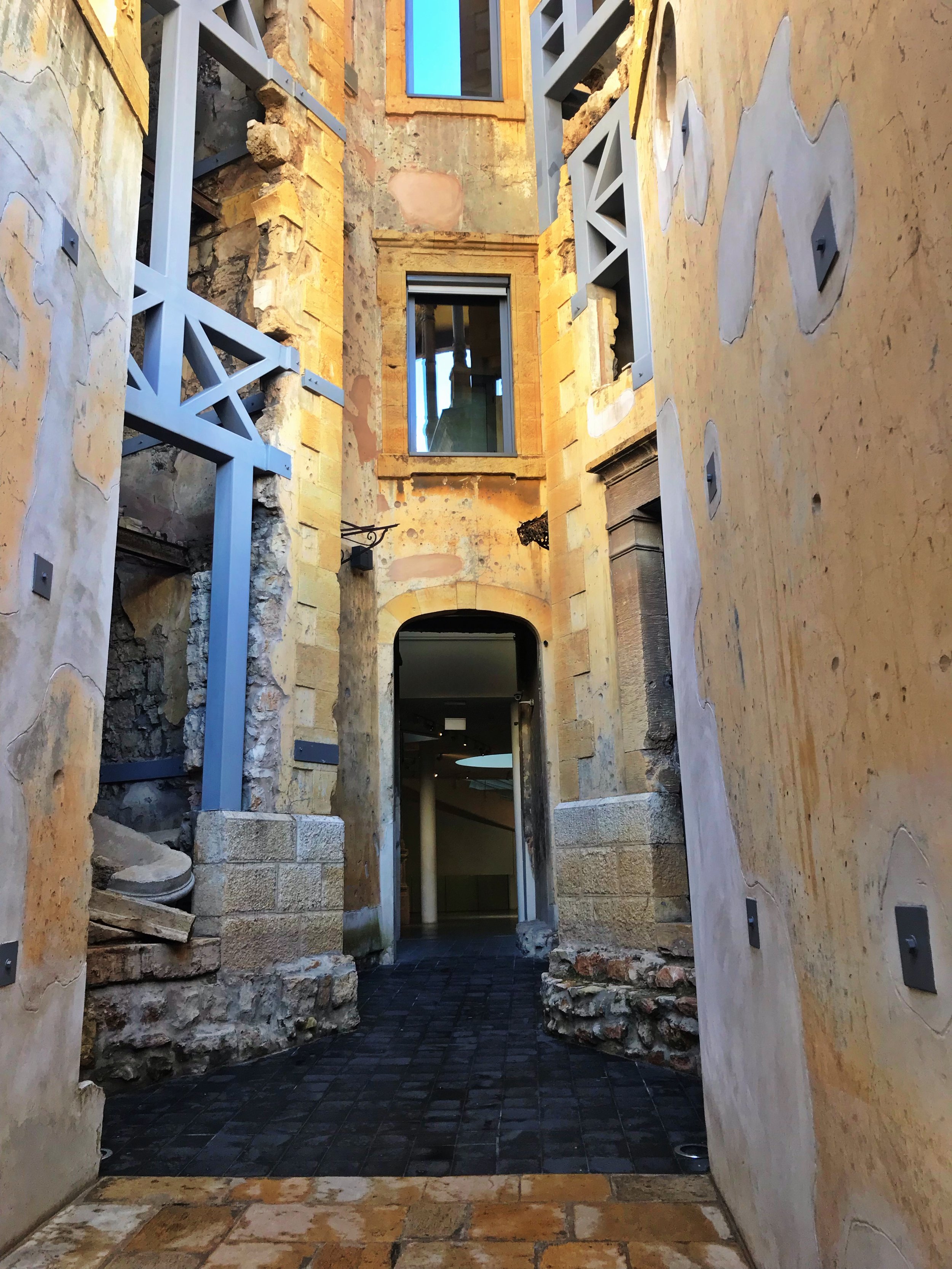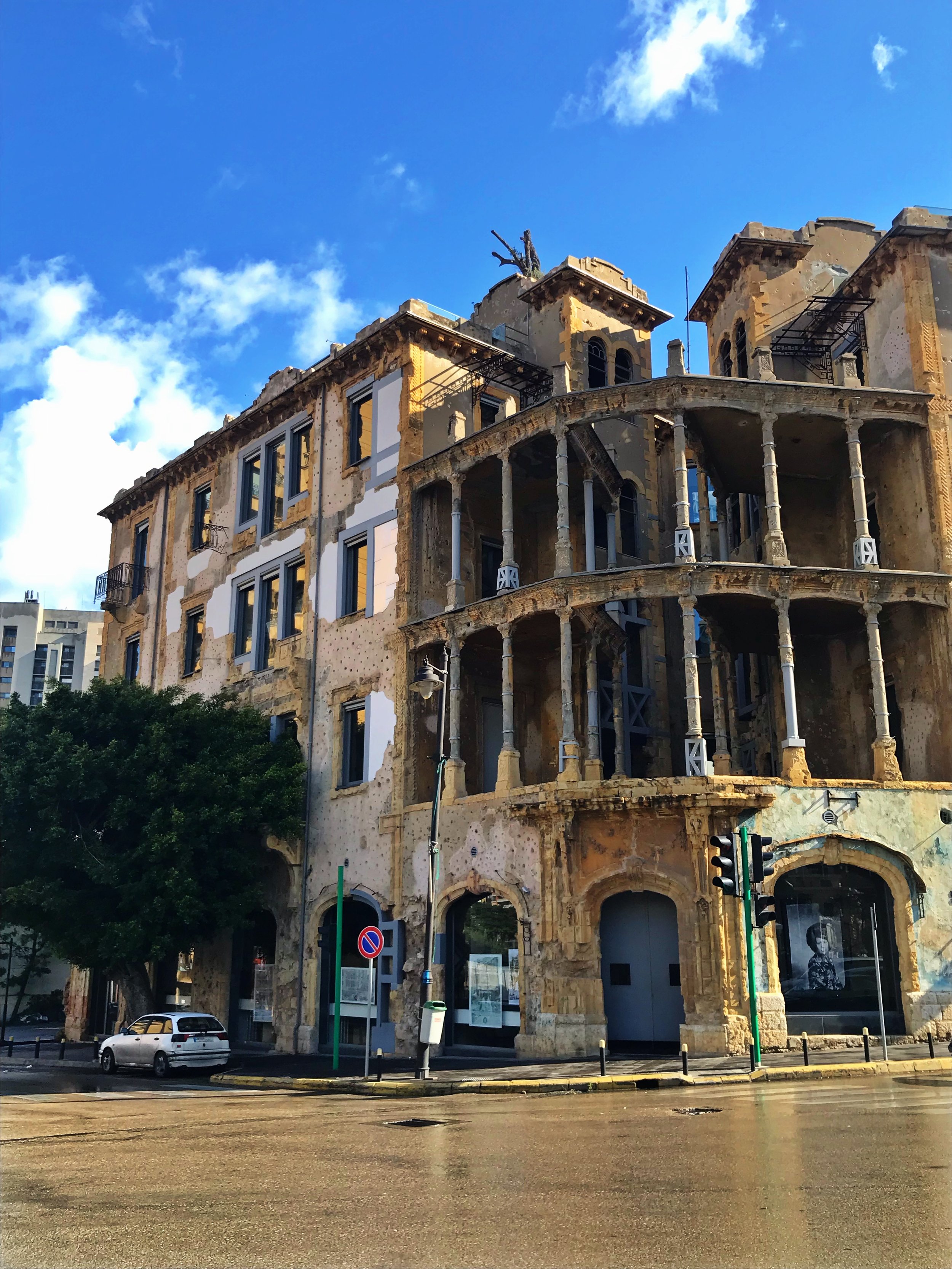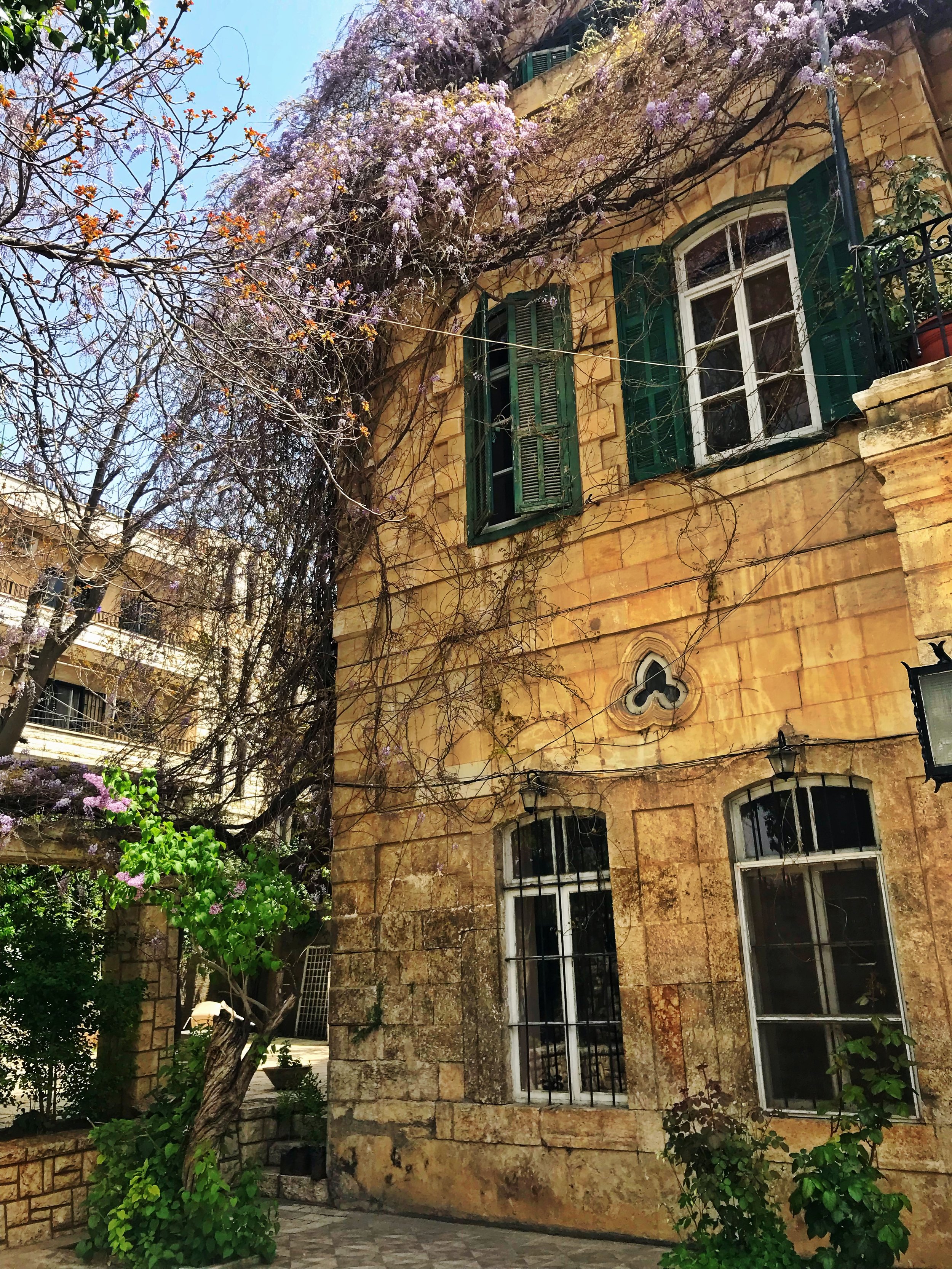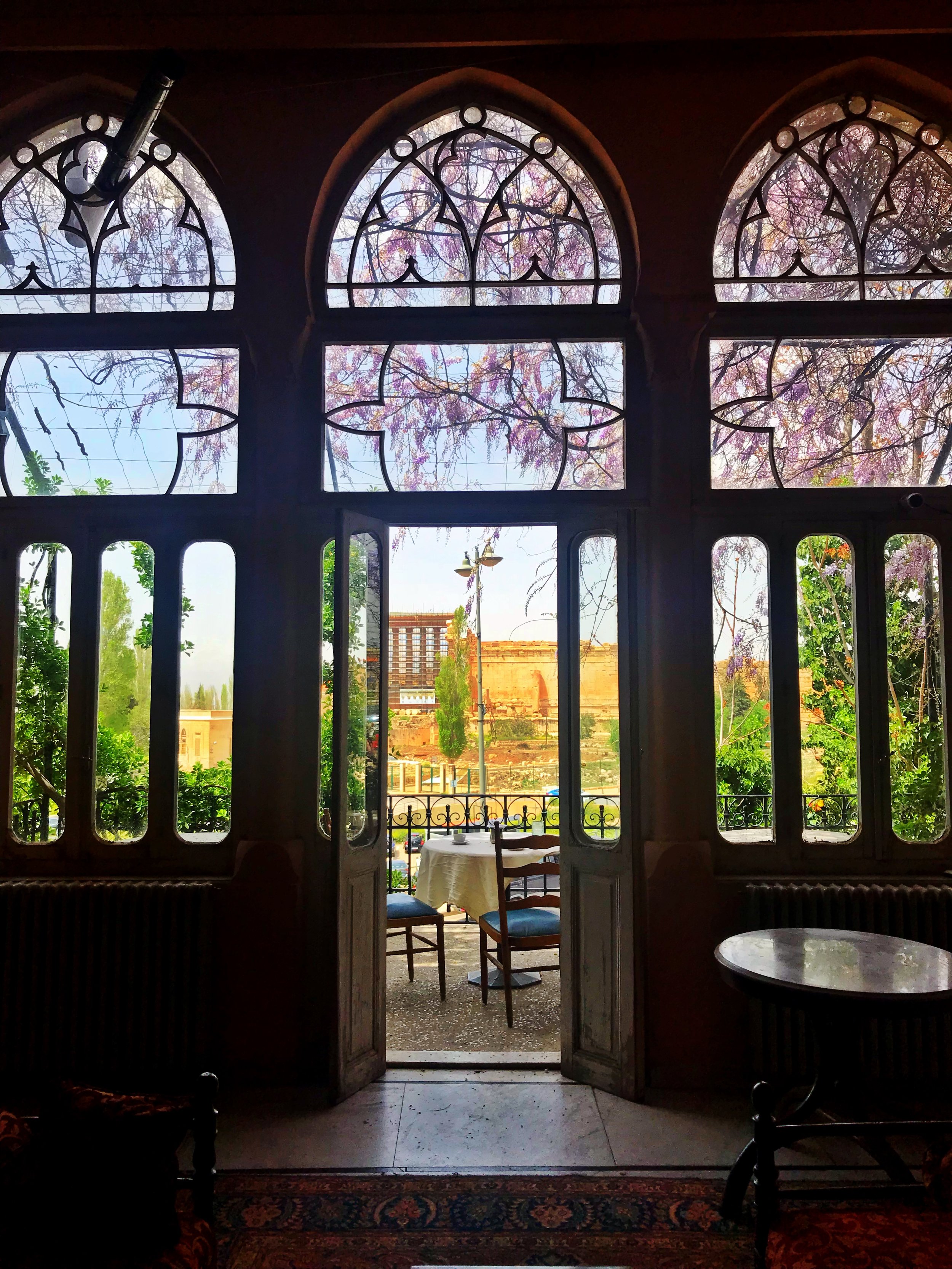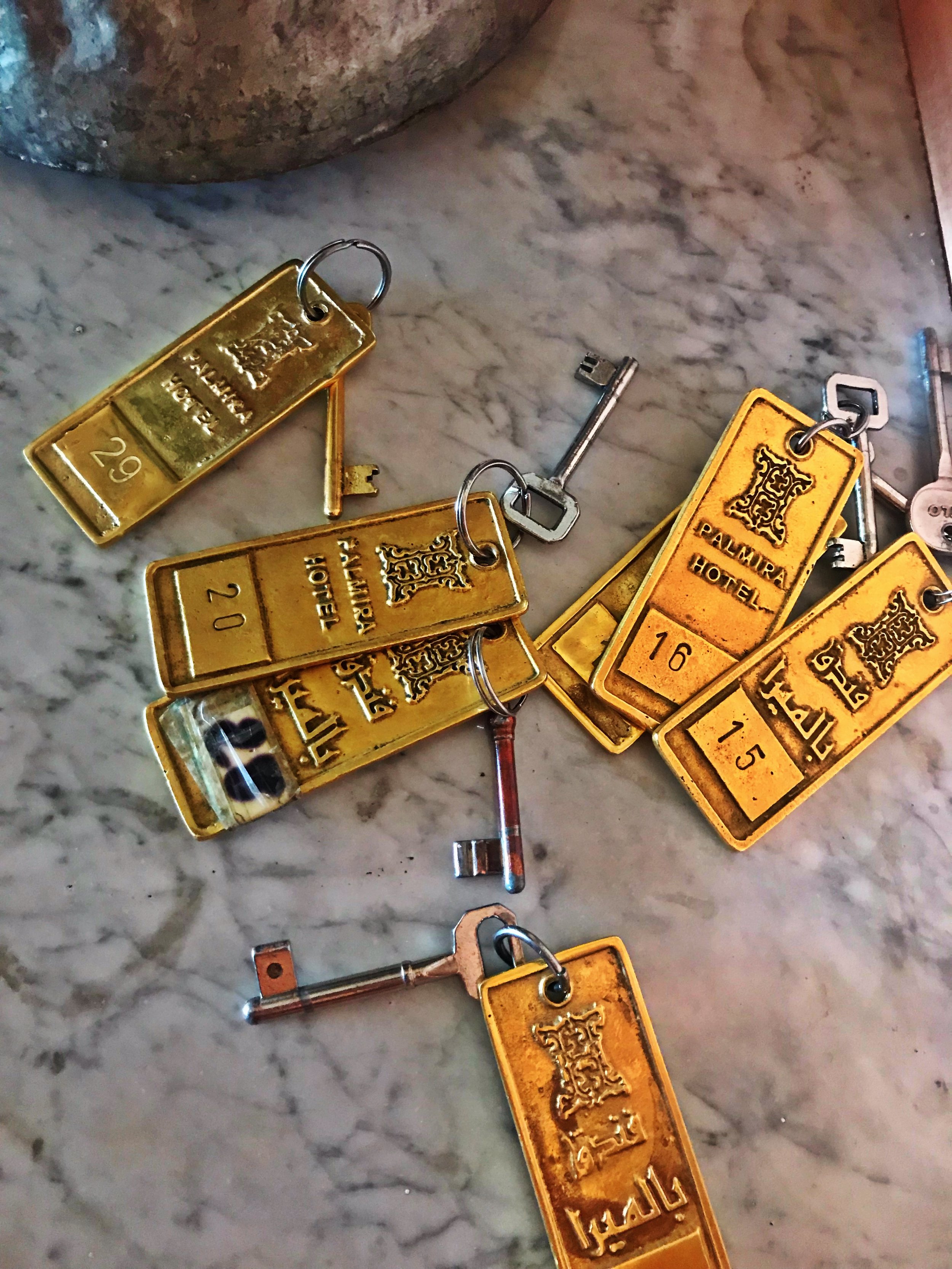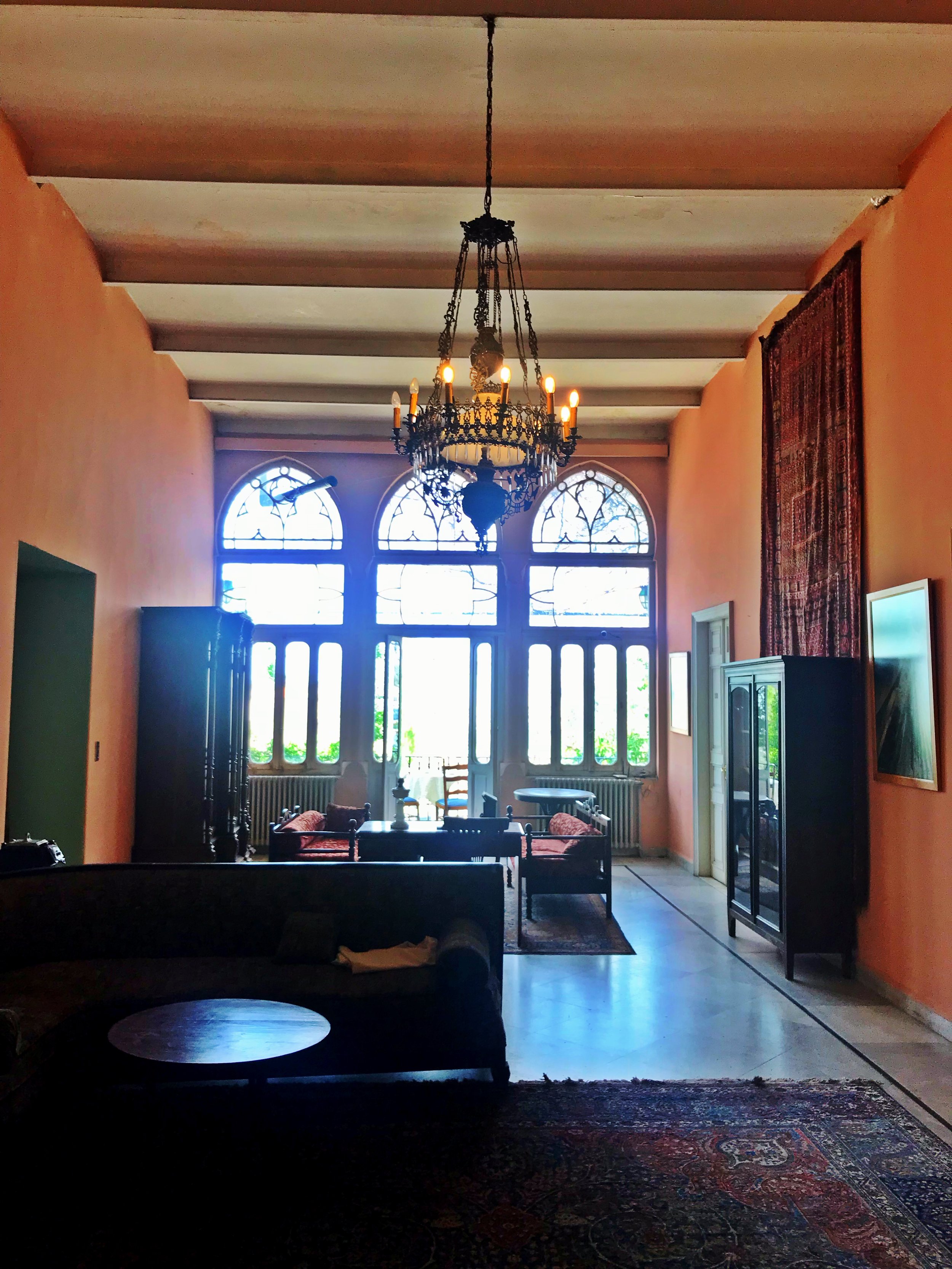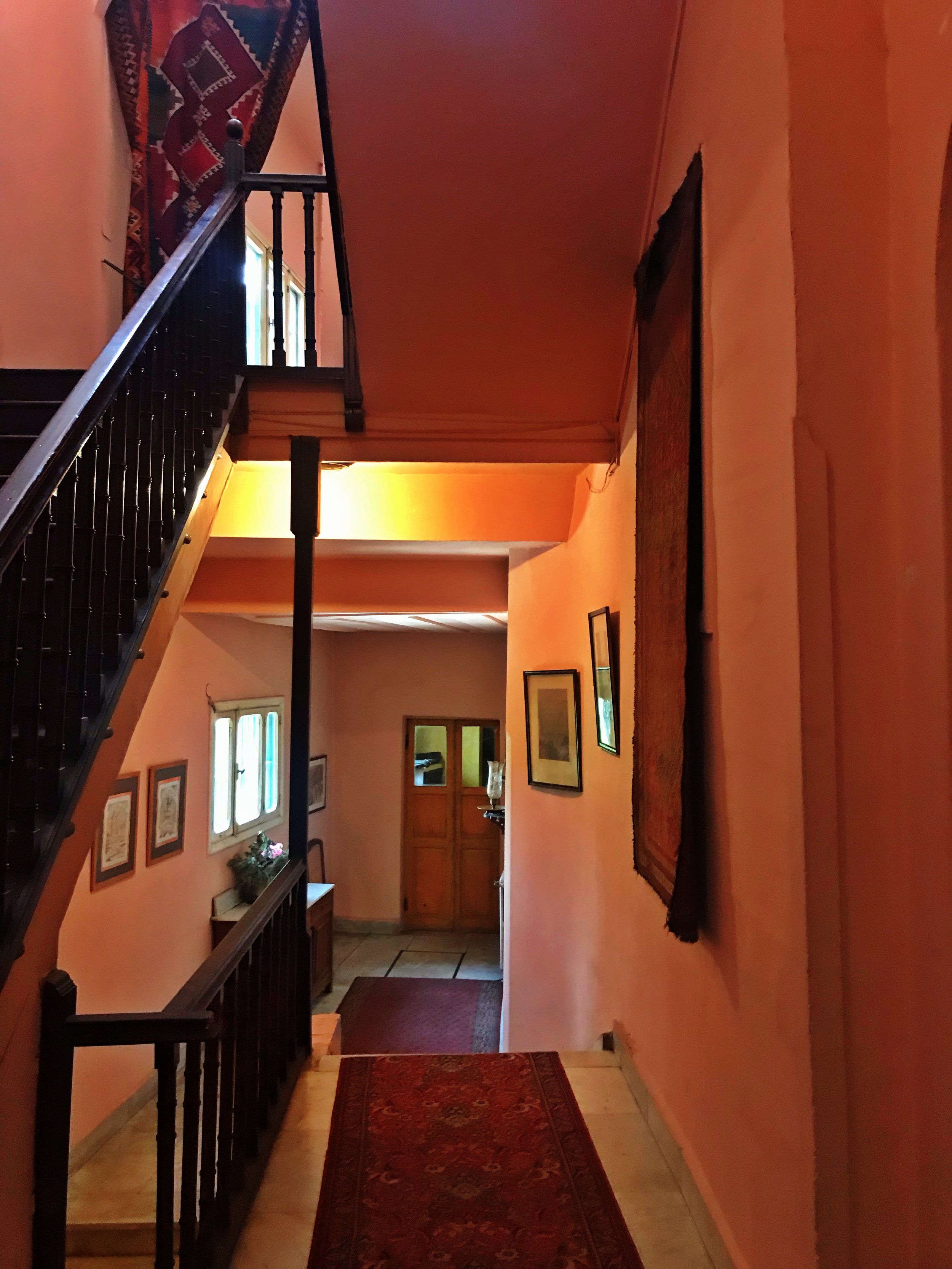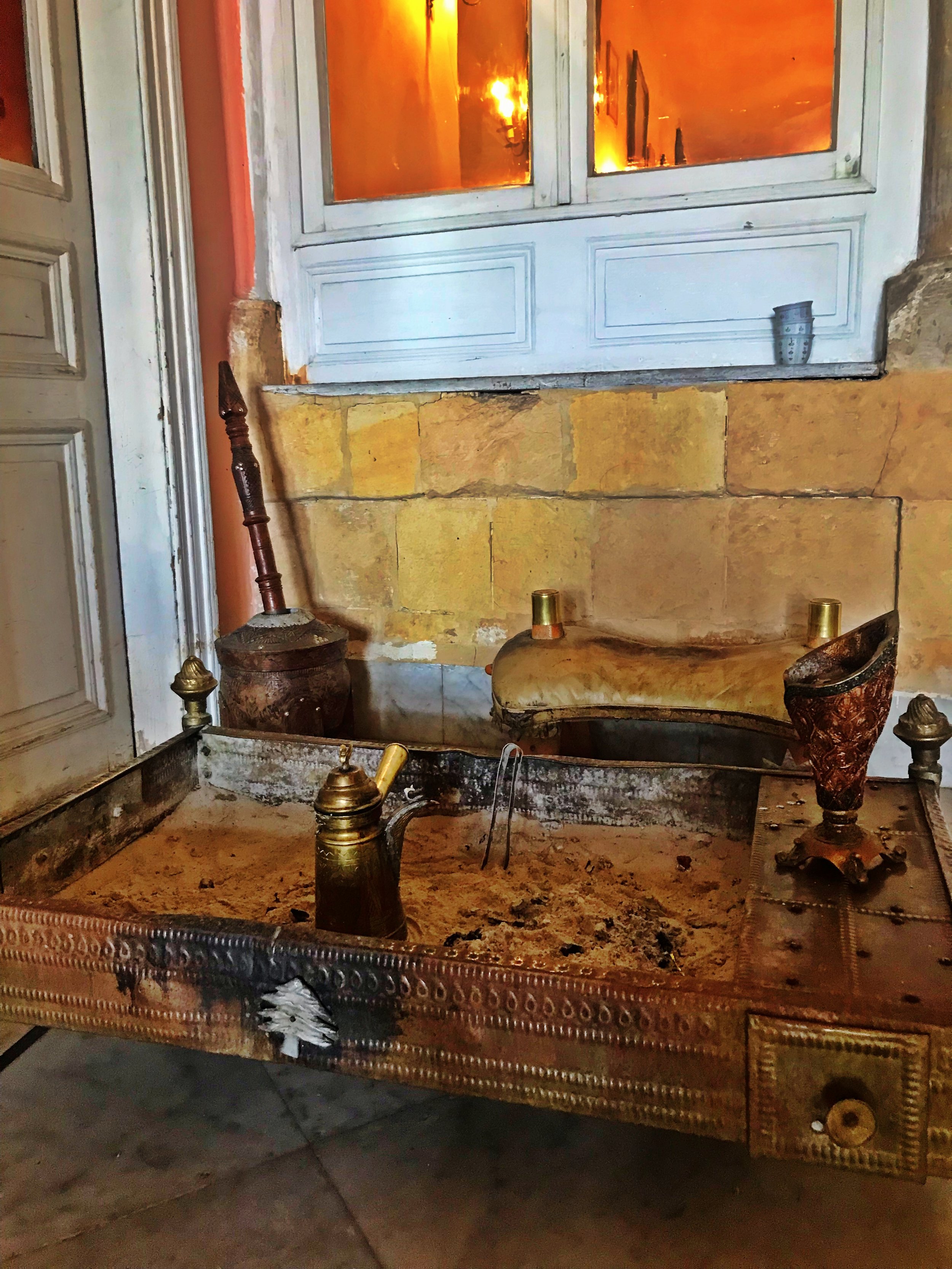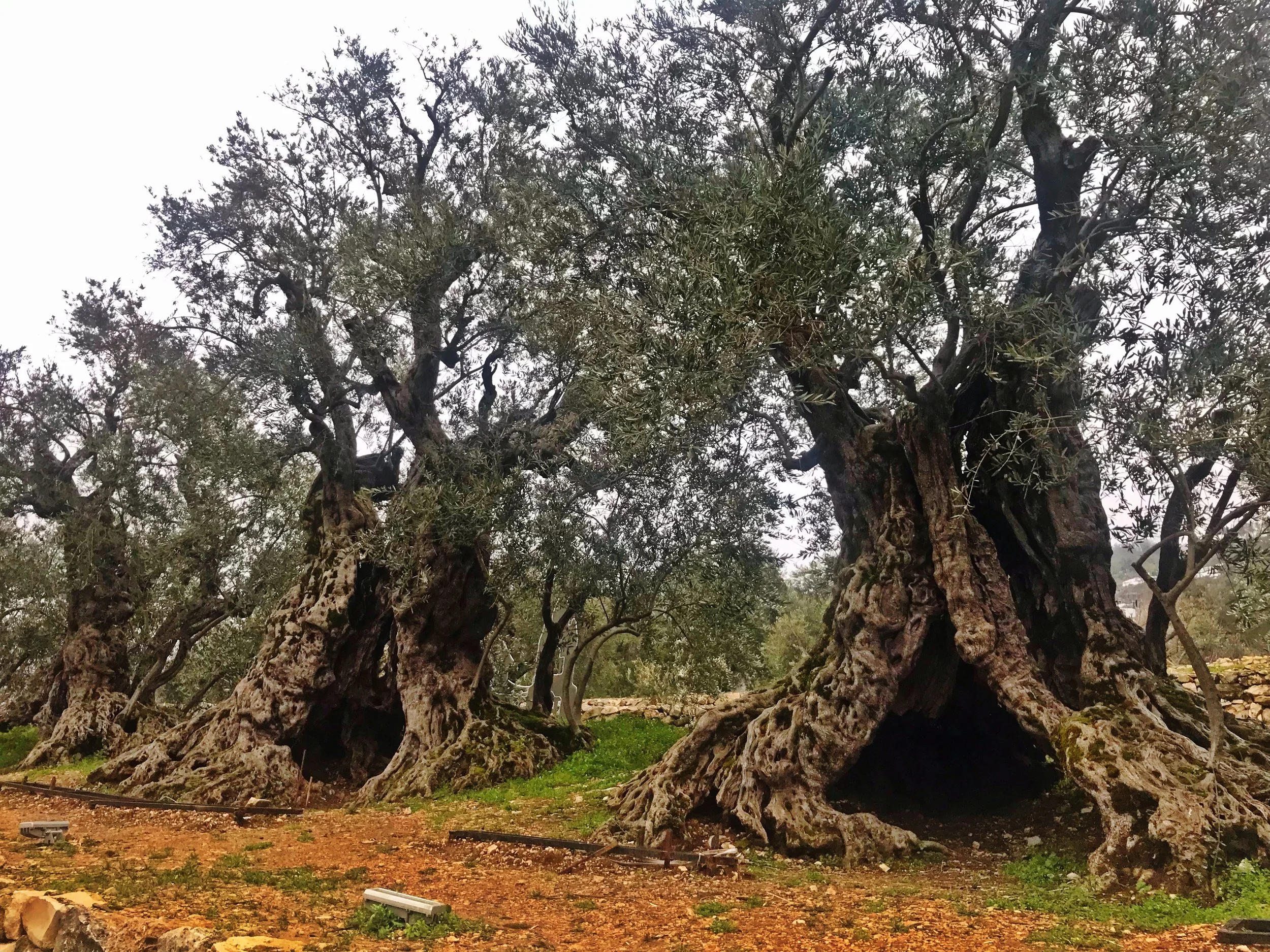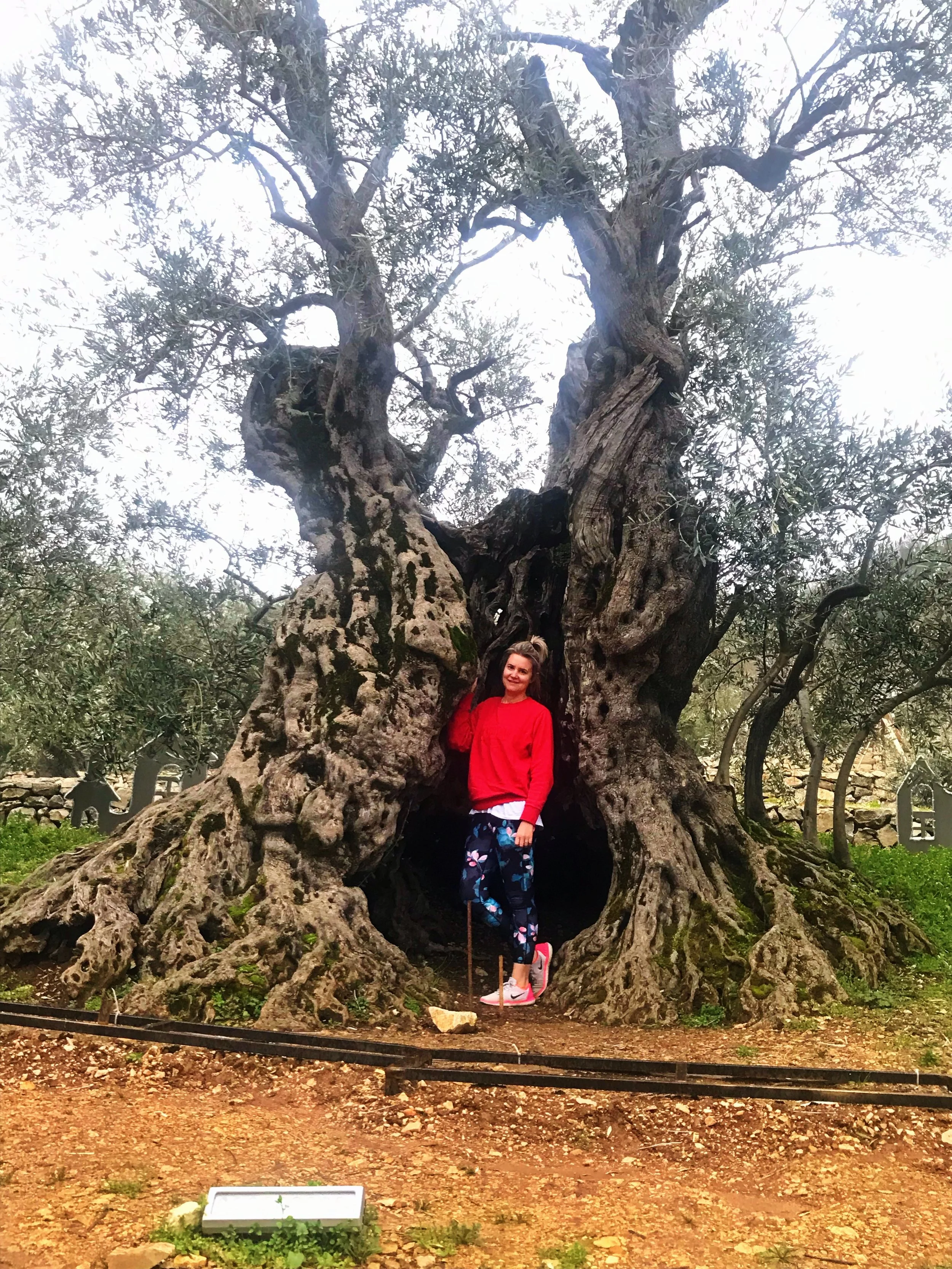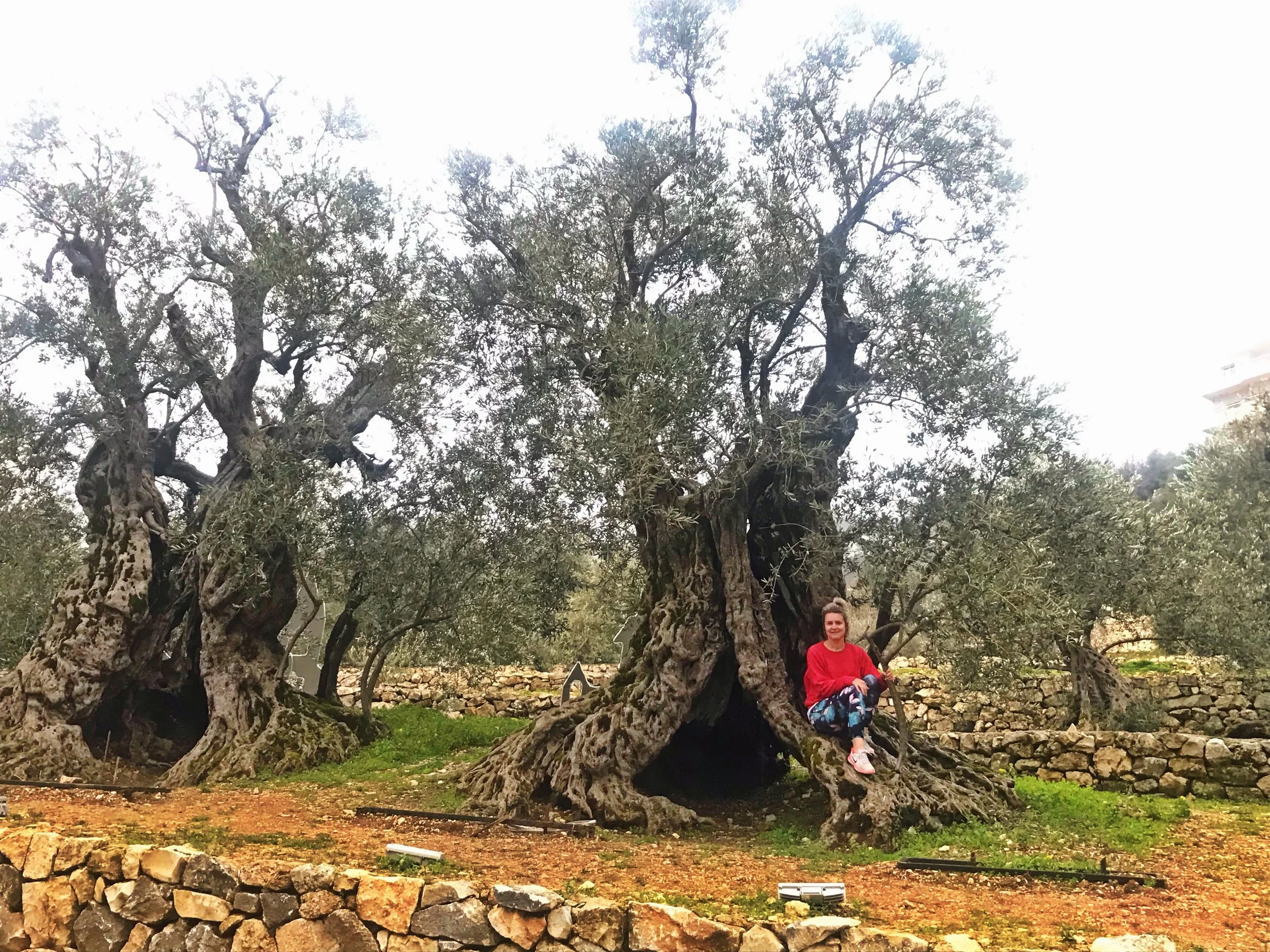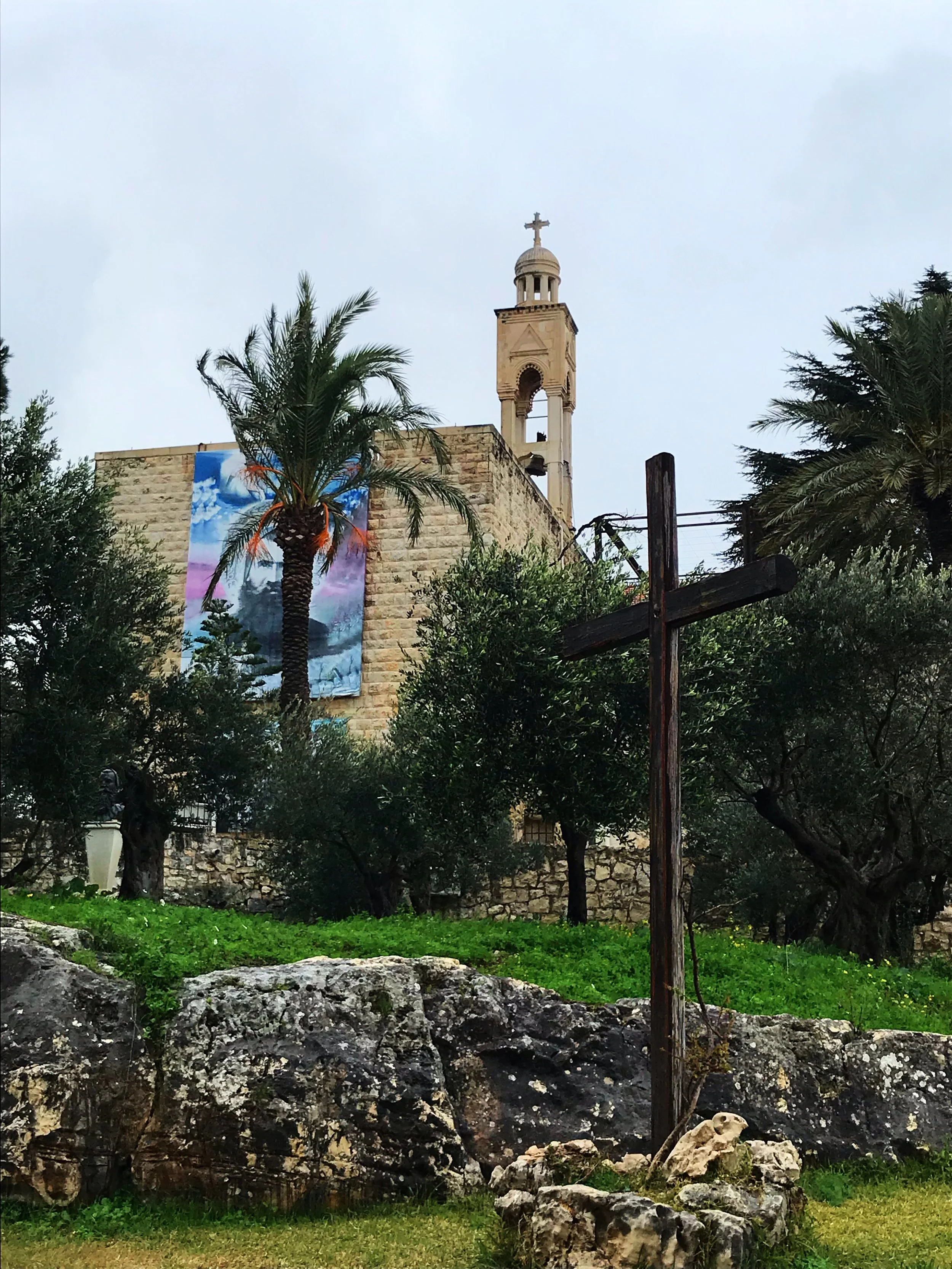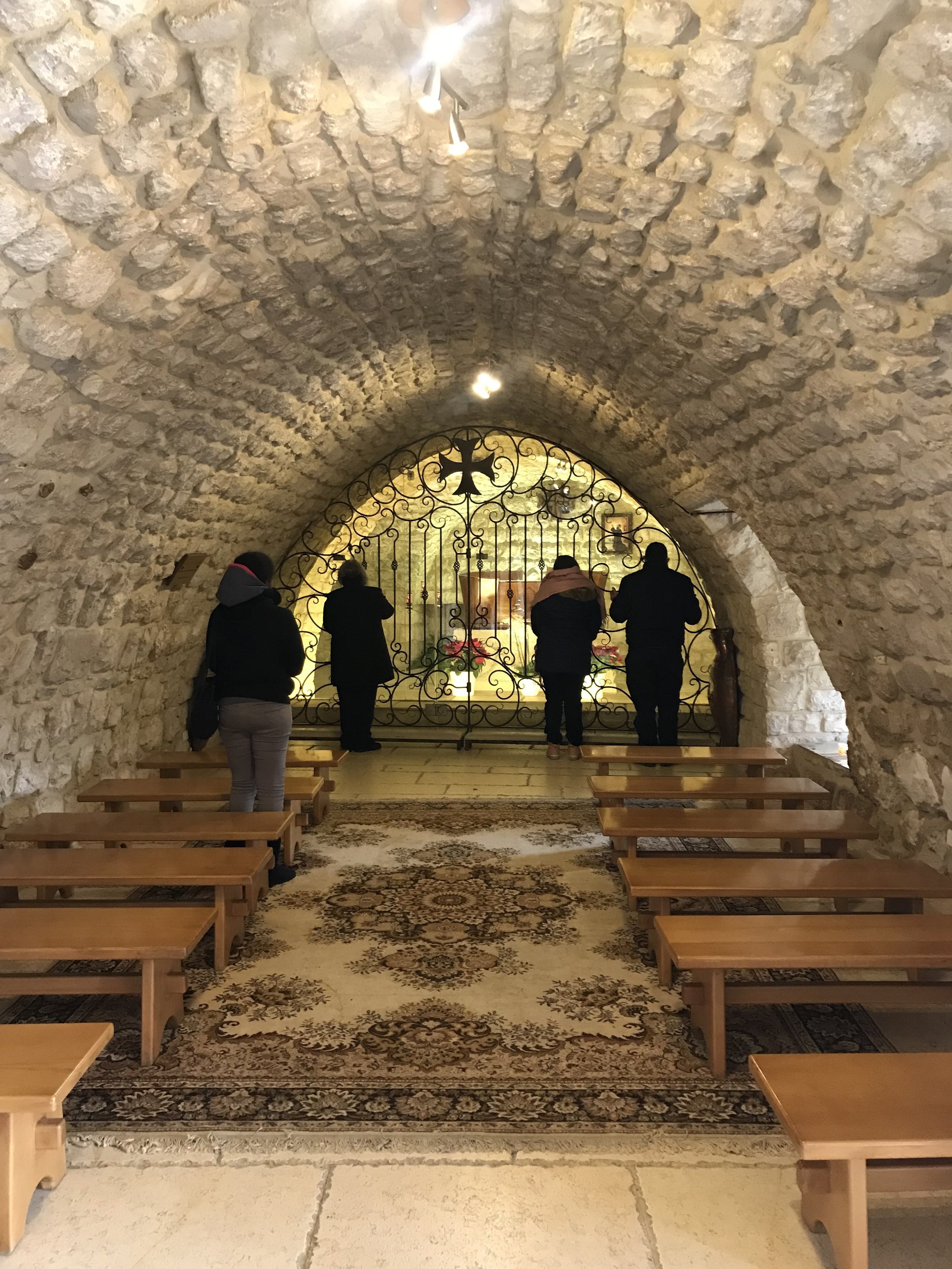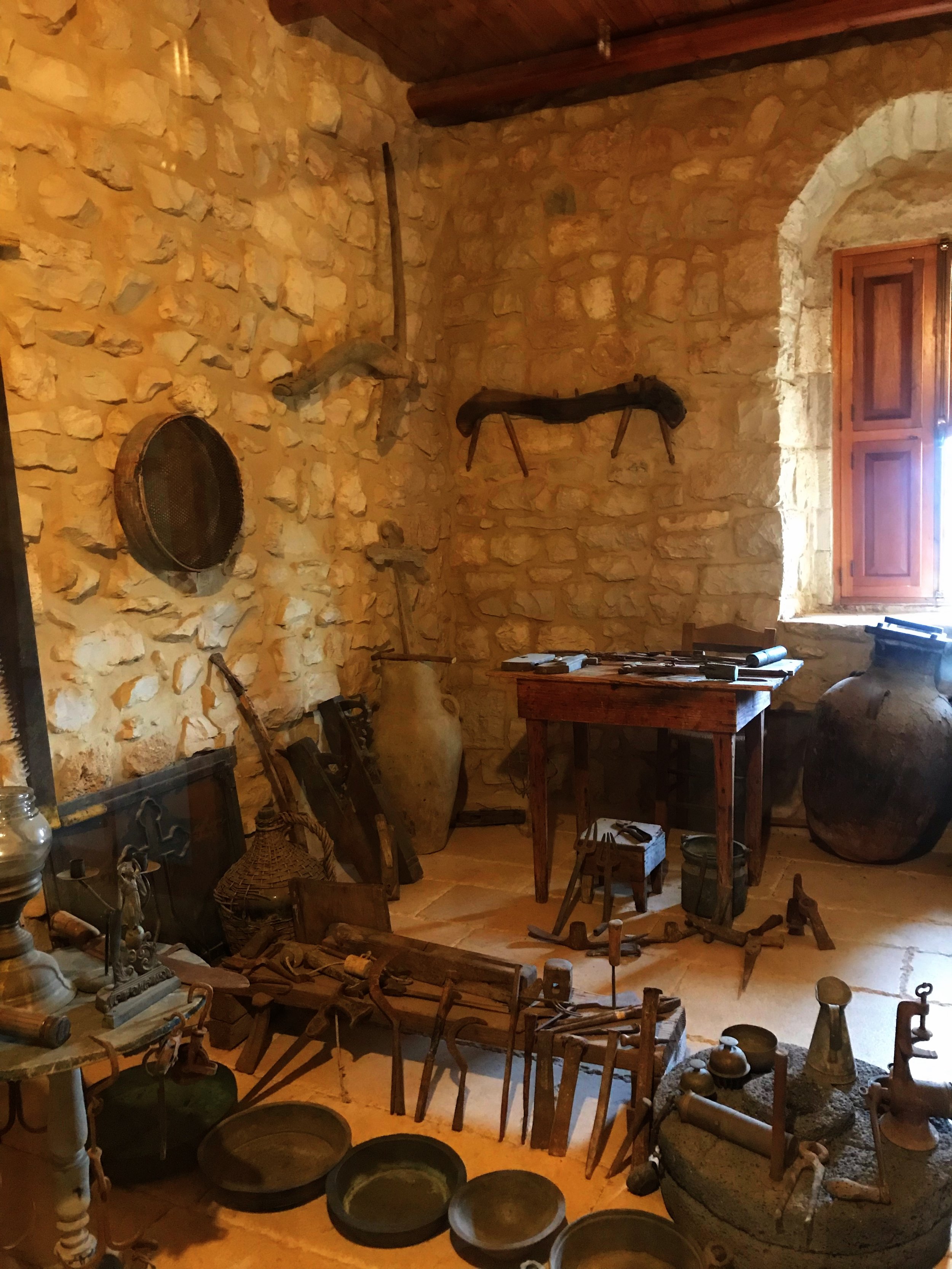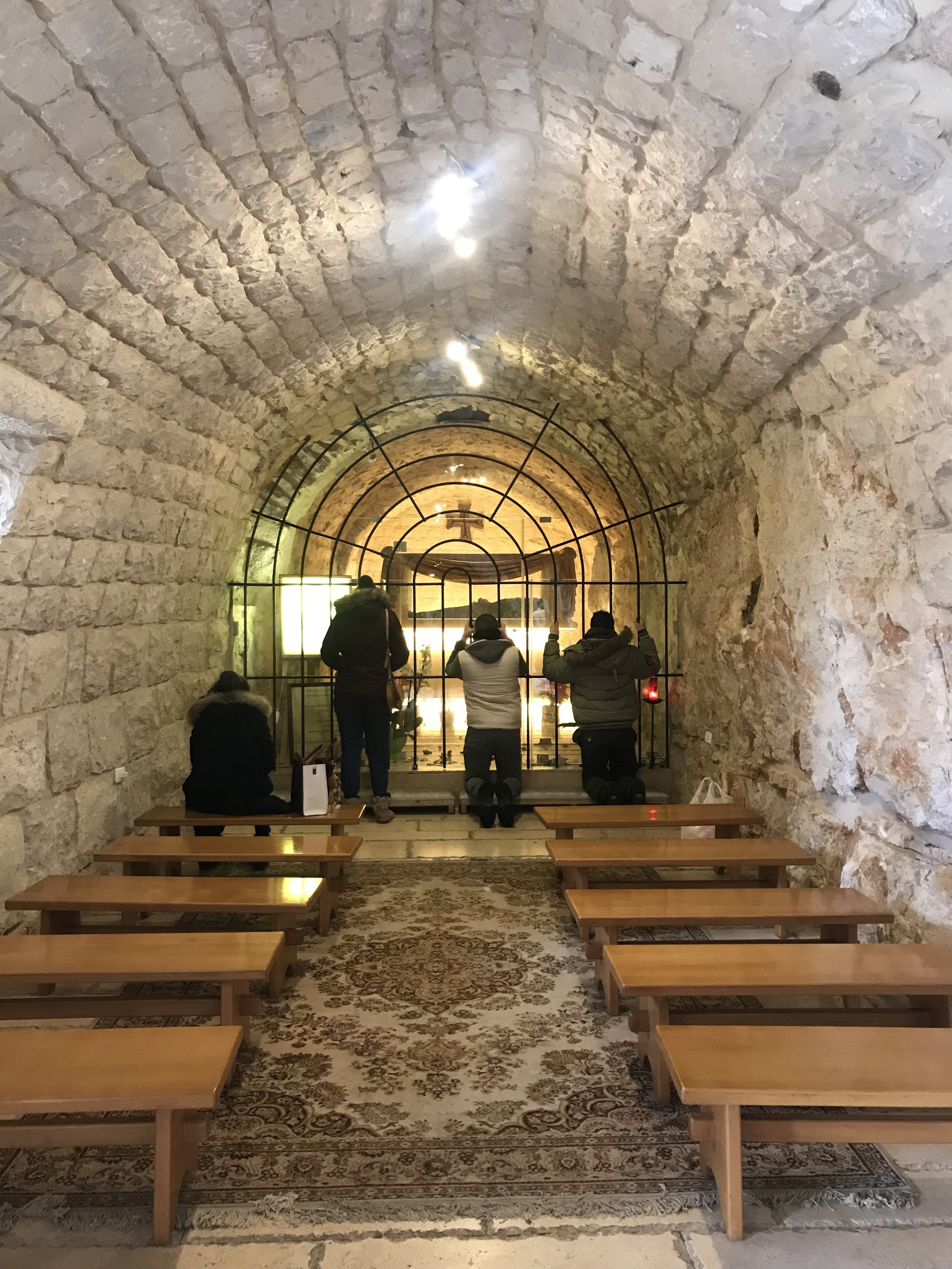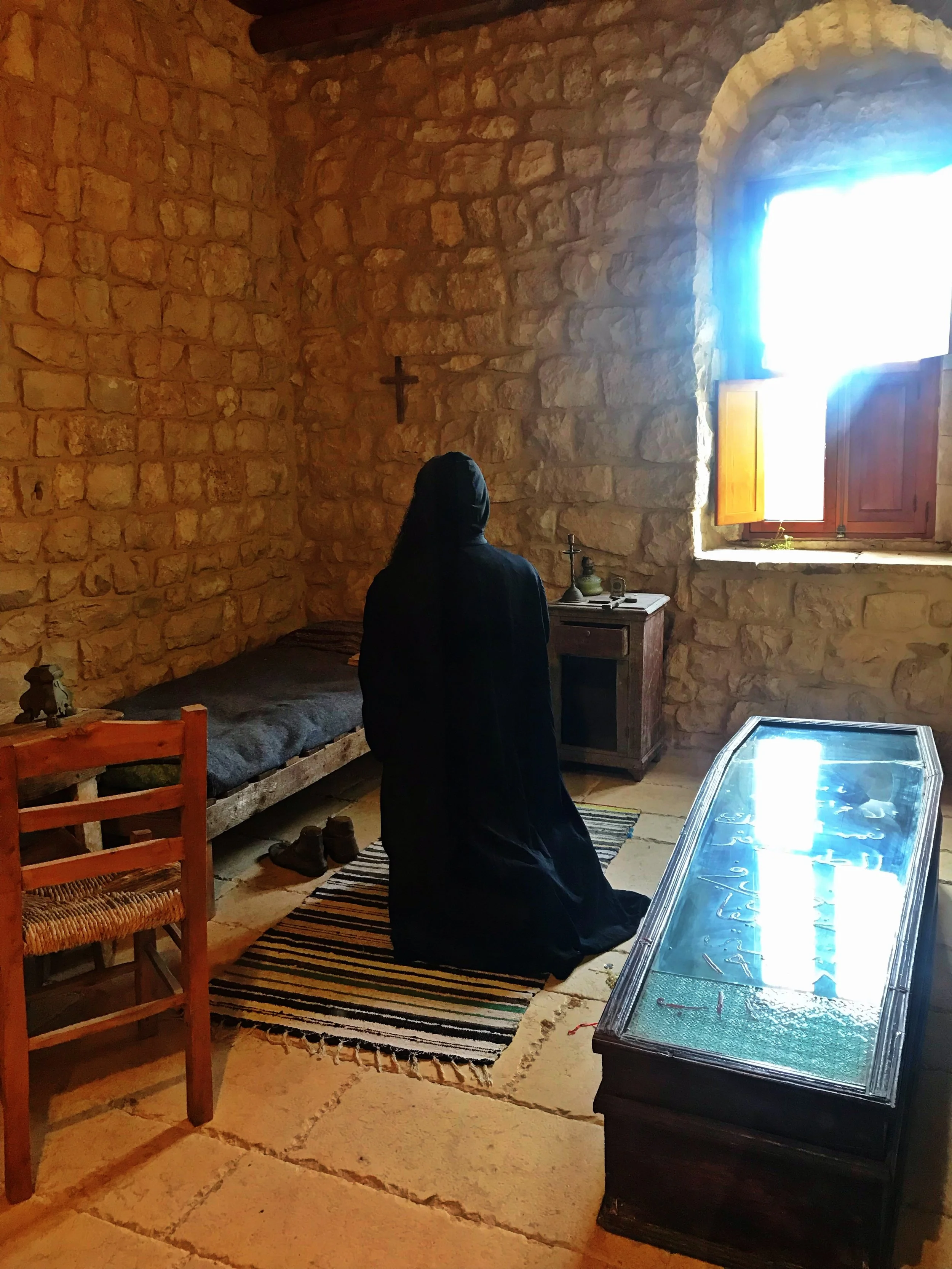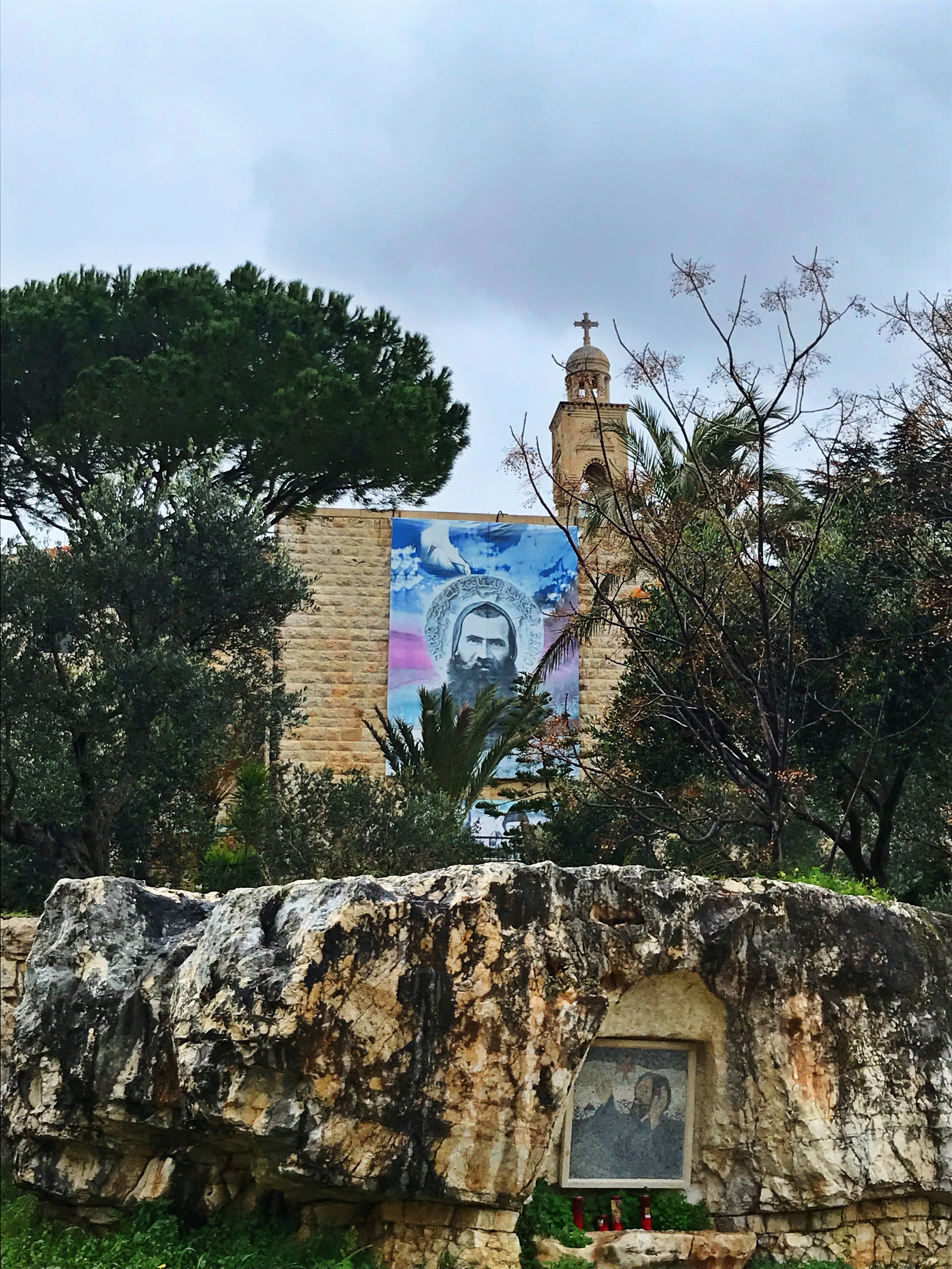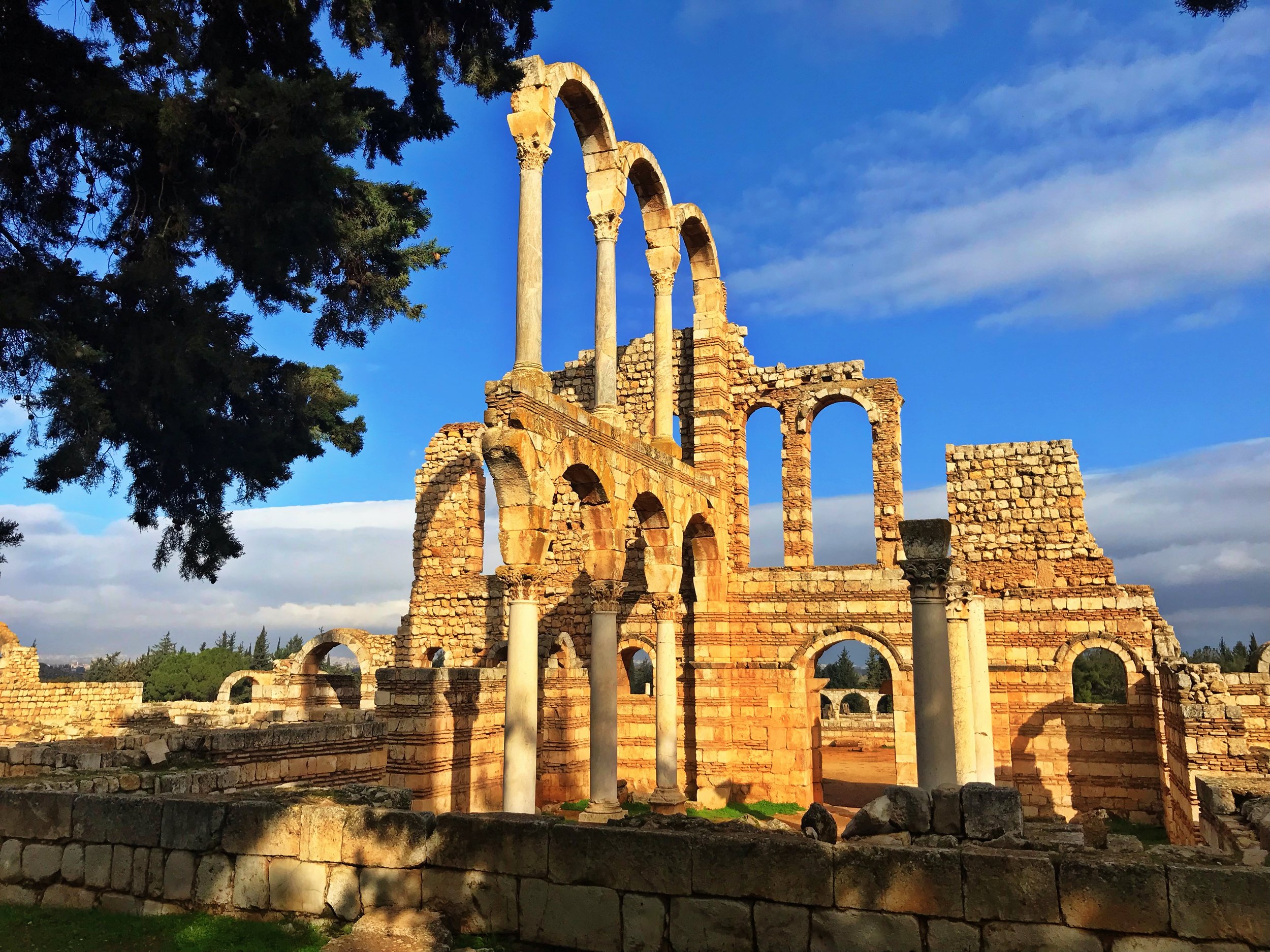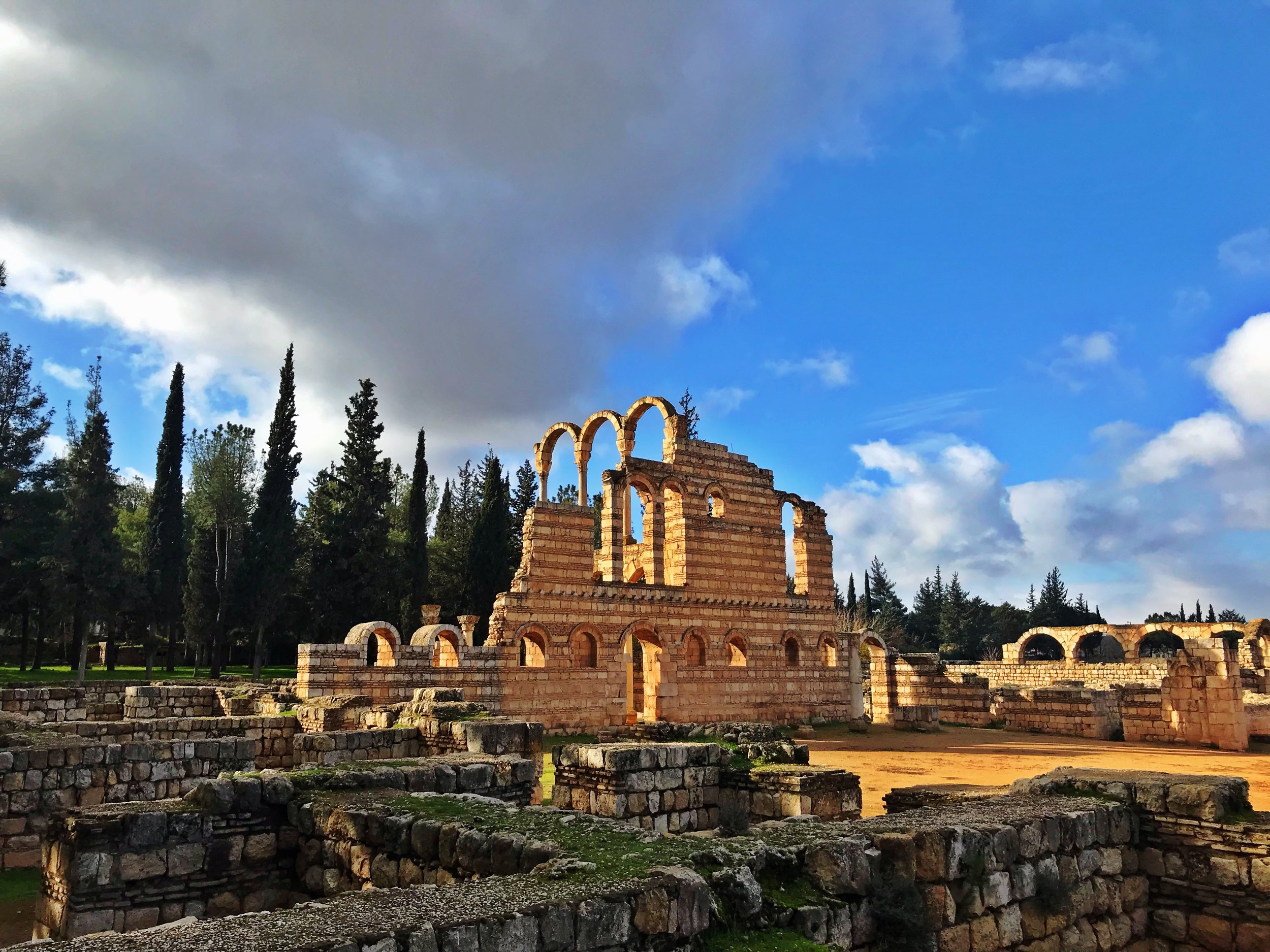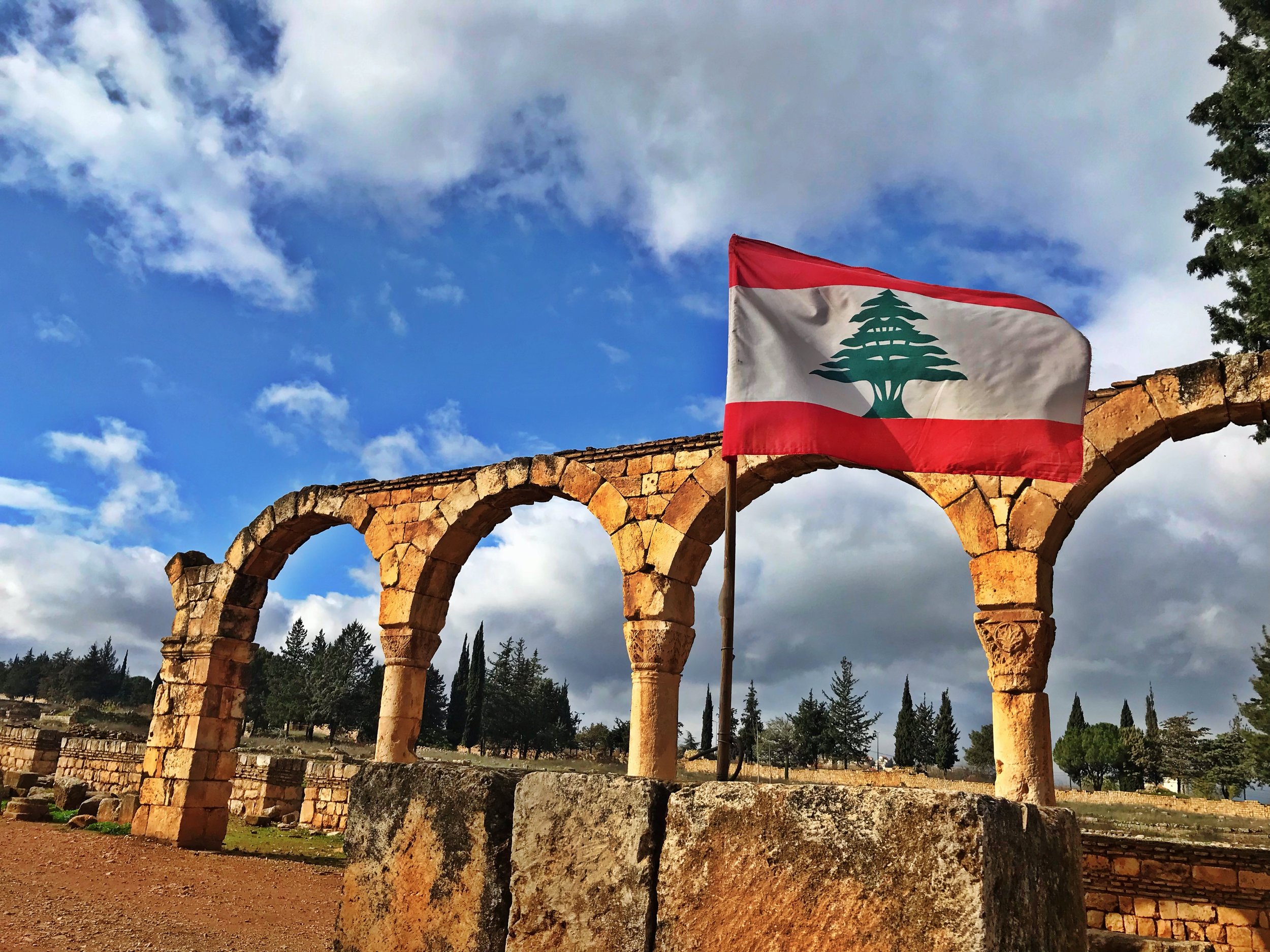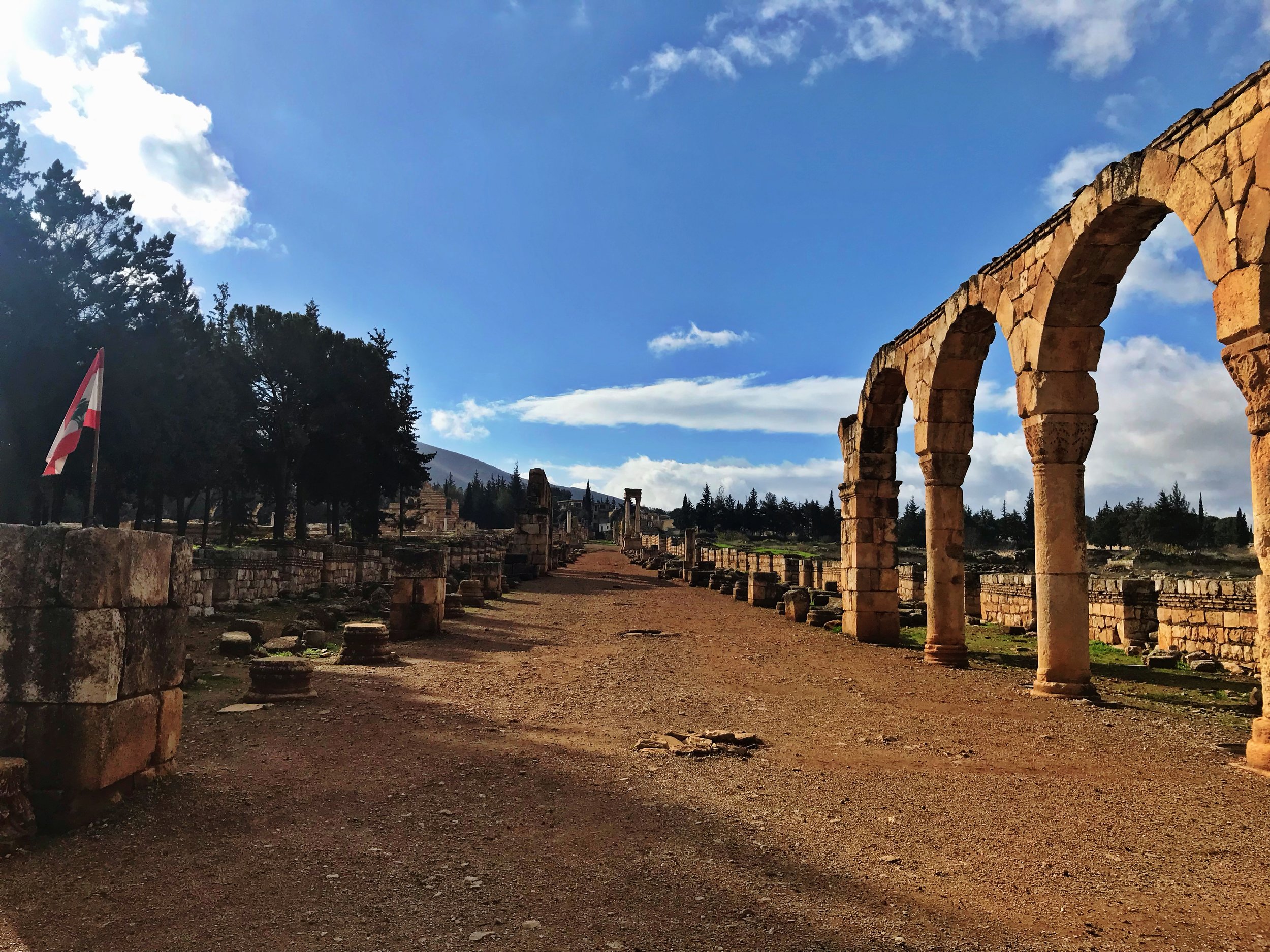The Barakat house (Beit Beirut) was designed and built in 1924. Middle-class families lived in the building's eight apartments until the outbreak of the Lebanese civil war. That is when Christian militiamen moved in.
The Barakat building became a vantage point for snipers overlooking a combat zone. The building was sentenced for demolition in 1997 when the owners decided to sell the property. In 2003 the municipality of Beirut issued a decree of expropriation for public interest. The decree stated that the Barakat building will be restored to accommodate a memory museum and a cultural center (which will later be known as "Beit Beirut") with objects tracing the 7000-year history of the city.

